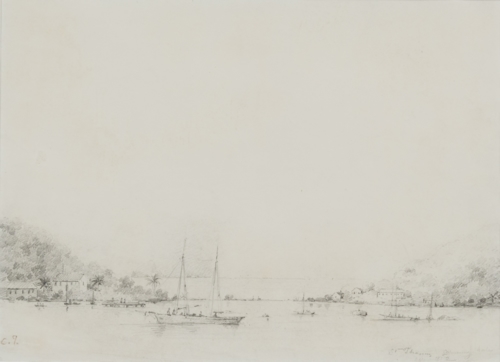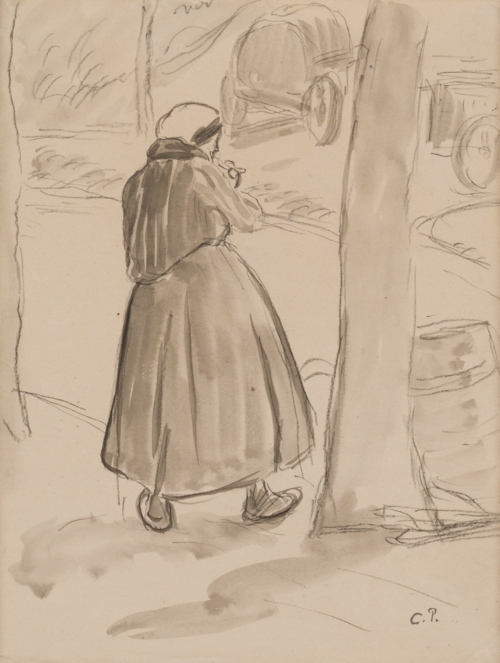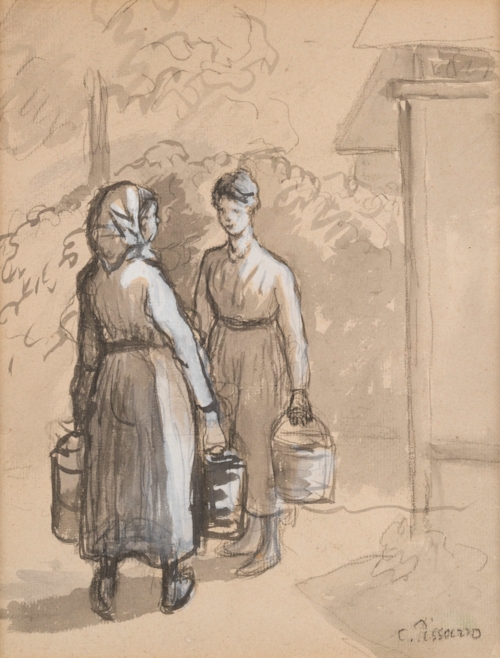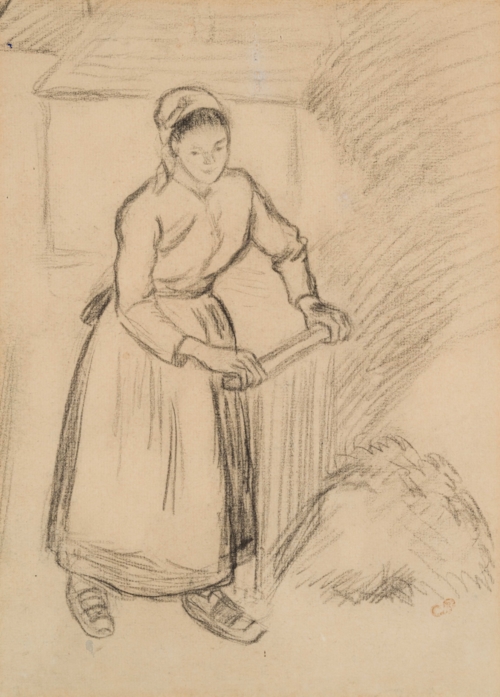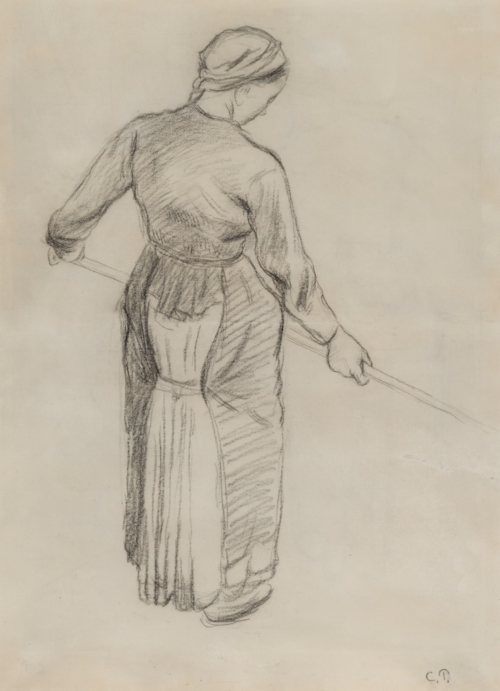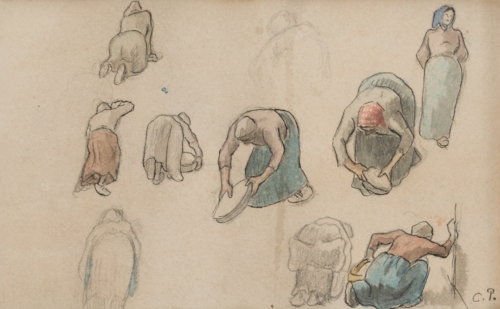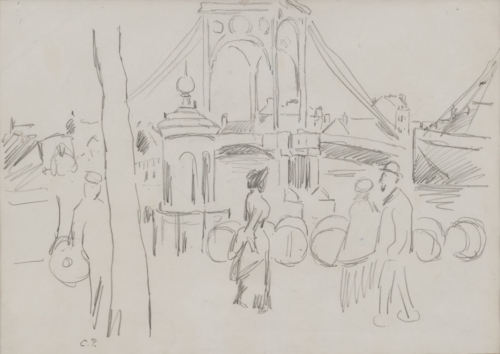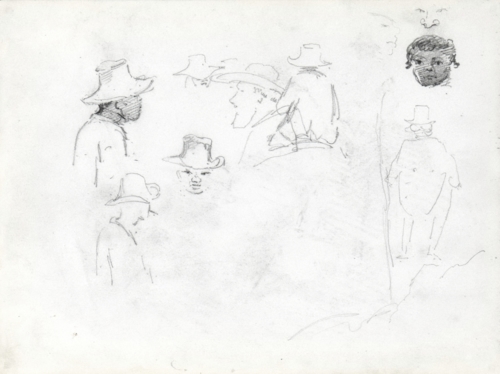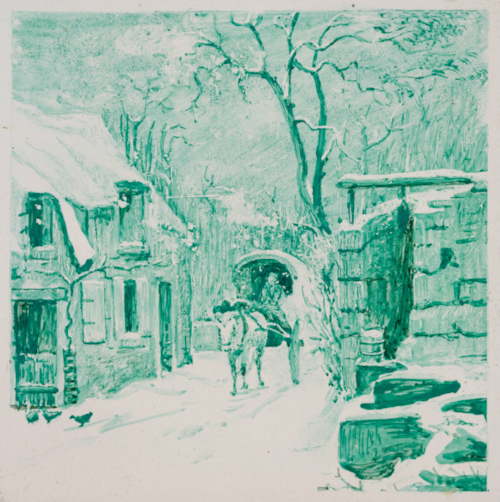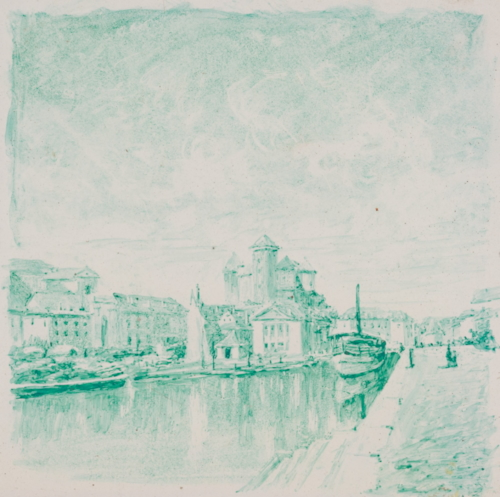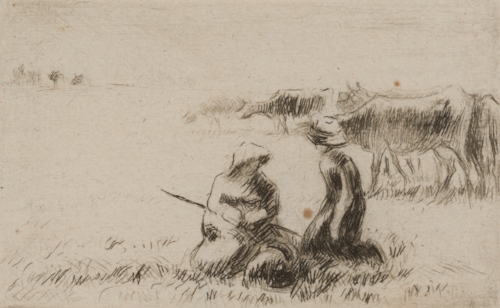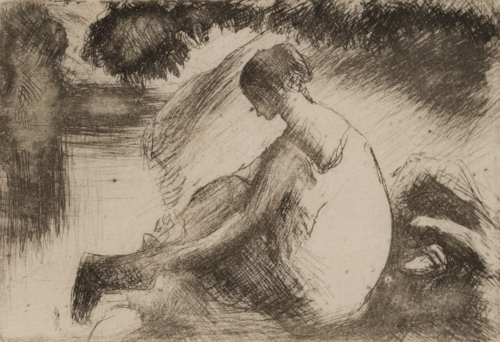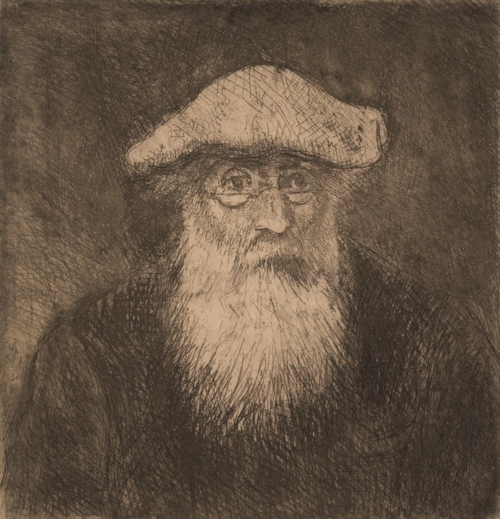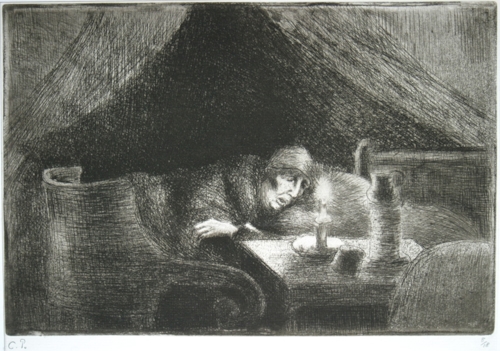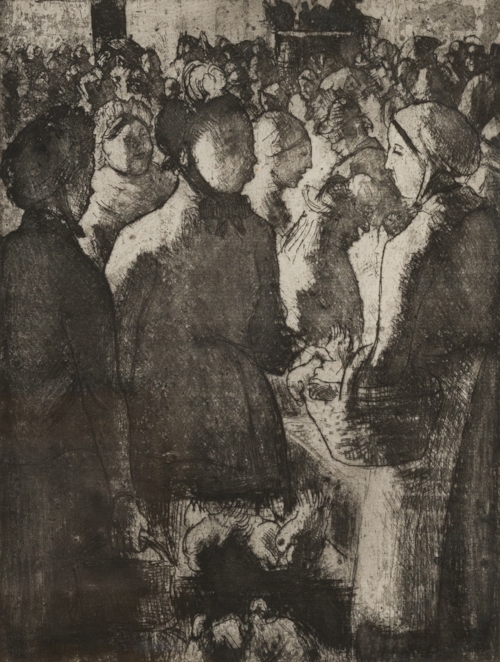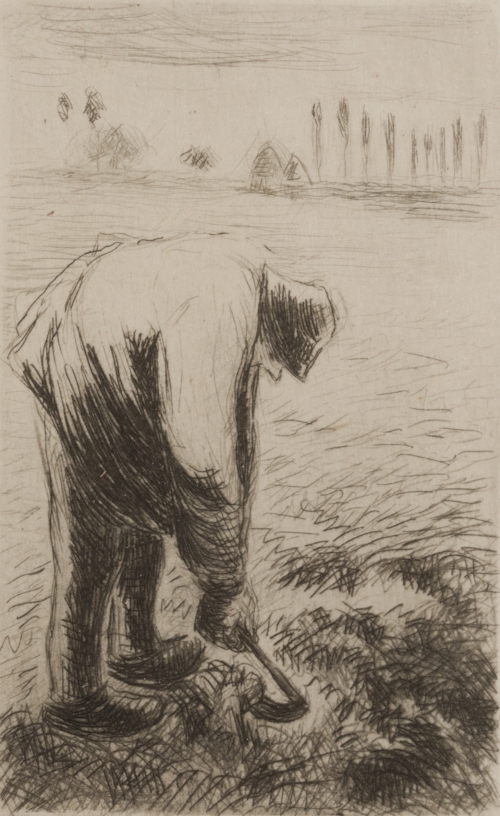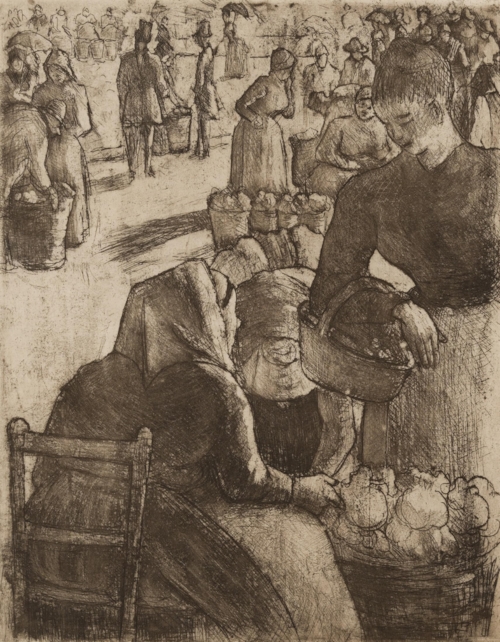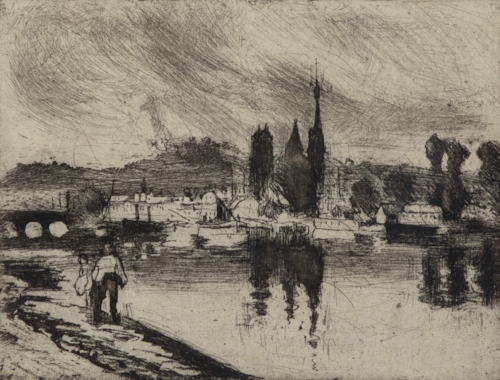Camille Pissarro
(1830 - 1903)
L'Anse des Pilotes, après-midi, temps ensoleillé, Le Havre
46 x 55 cm (18 ¹/₈ x 21 ⁵/₈ inches)
Le Père Melon Sciant du Bois
46.5 x 62 cm (18 ¹/₄ x 24 ³/₈ inches)
Paysanne de dos
23.5 x 18 cm (9.25 x 7 ¹/₈ inches)
Paysannes causant dans la cour d'une ferme, Eragny
29 x 23 cm (11 ³/₈ x 9 inches)
Études de paysannes
14 x 22.2 cm (5 ¹/₂ x 8 ³/₄ inches)
Portrait of a man with top hat
4.4 x 3.1 cm (1 ³/₄ x 1 ¹/₄ inches)
Portrait of a man wearing a bowler hat
4.7 x 3.2 cm (1 ⁷/₈ x 1 ¹/₄ inches)
Grand’mère (effet de lumière) (La Mère de l’artiste)
17.1 x 25.3 cm (6 ³/₄ x 10 inches)
La Lavandière
27.1 x 31.5 cm (10 ⁵/₈ x 12 ³/₈ inches)
Vue de Rouen (Cours la Reine)
14.8 x 19.5 cm (5.83 x 7.68 inches)
Camille Pissarro
biography
In 1869 Camille moved to Louveciennes. The outbreak of the Franco-Prussian War in 1870 prompted him to relocate to London, where Camille painted a series of landscapes around Norwood and Crystal Palace. At this time, Pissarro and his close friend Claude Monet were able to visit museums together, where they could study and expand their understanding of the tradition of British landscape painting. It was also here that he married Julie Vellay, with whom he would have seven children. Upon returning in June 1871 to Louveciennes, Camille discovered that many of the works he had left in his house had disappeared or become damaged during the Franco-Prussian war.
Camille settled in Pontoise with Julie in the summer of 1871 where he was able to gather a close circle of friends around him for the next ten years. Here he was able to continue building his relationships with Cézanne, Monet, Renoir and Degas, expressing his desire to create an alternative to the Salon. This represented a longing to break from the rigid tradition of French academic painting – Camille believed that he and his peers deserved recognition for the new tradition they were shaping. Cézanne repeatedly came to stay with Pissarro, and under Camille’s influence he learned to study nature more patiently, even copying one of Camille’s landscapes in order to learn his teacher’s technique.
The first Impressionist group exhibition in 1874 earned the Impressionists much criticism for their art. Pissarro was in fact the only artist to exhibit in all eight of the Impressionist exhibitions, with the final one taking place in 1886. Camille’s main subject matter during those years was the rural landscape, wherein great emphasis was placed on highlighting the idealism of life on the farm. Pissarro believed that peasants and their land remained untainted by the corruption of industrialisation. He admired the figures in these rural landscapes, considering their existence and lifestyle to be a symbol of innocence and purity in an age of violent change.
One of the few collectors to show interest in Camille’s work was Paul Gauguin. Having acquired a small collection of Impressionist works, he turned to Camille for advice on becoming a painter himself. For several years Gauguin closely followed his mentor; although their friendship was fraught with disagreement and misunderstandings, Gauguin nonetheless wrote shortly before Camille’s death in 1903: “He was one of my masters, and I do not deny him.”
In the 1880s Camille moved from Pontoise to nearby Osny, before settling in 1884 in Éragny-sur-Epte, a small Normandy village northwest of Paris. In 1885, Camille met both Paul Signac and Georges Seurat after being introduced by his eldest son Lucien. He was fascinated by their efforts to replace the intuitive approach of the Impressionists with the “Divisionist” method, a scientific study of nature’s phenomena based on optical laws. Despite having reached his mid-fifties, Camille did not hesitate to follow the two young innovators. However, after a few years Camille felt restricted by Seurat’s theories and returned to his more spontaneous technique, whilst retaining the lightness and purity of colour acquired during his Divisionist phase.
In the last years of his life Camille divided his time between Paris, Rouen, Le Havre and Éragny, where he continued to explore the varying effects of light and weather in various series of works. Many of these paintings are considered to be amongst his best, with his series of Paris street scenes becoming one of the most collectable themes in his oeuvre. By the time Pissarro died in 1903, his career was flourishing and he had become widely recognised. Today his work can be found in all of the major museums throughout the world.
Camille Pissarro
biography
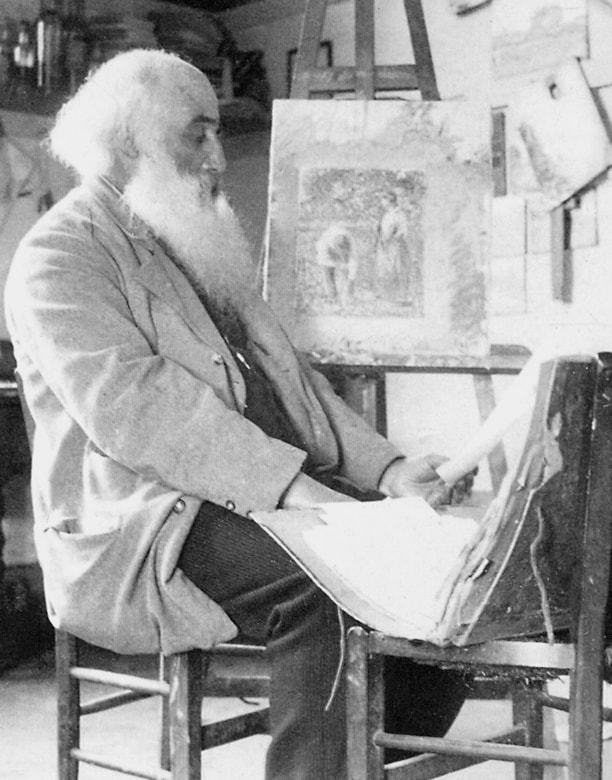

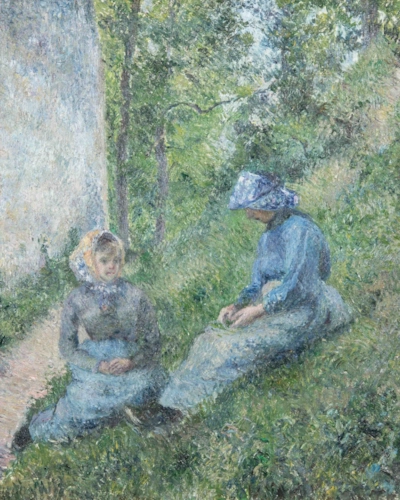
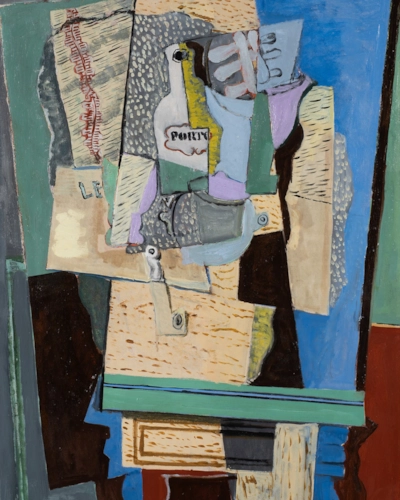
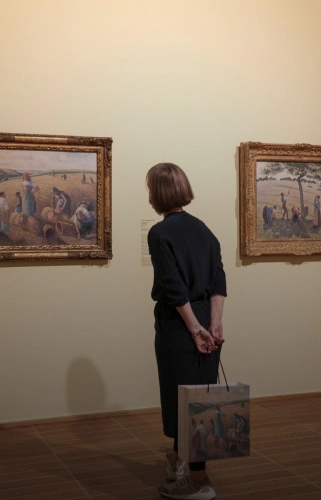
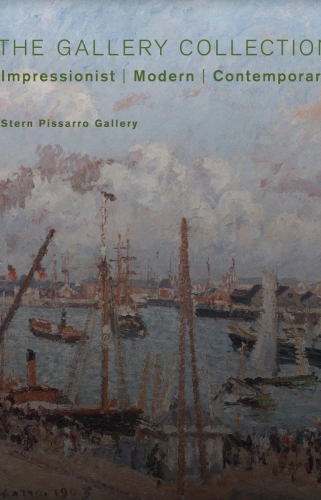
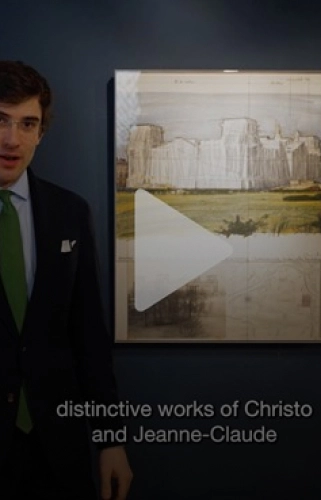
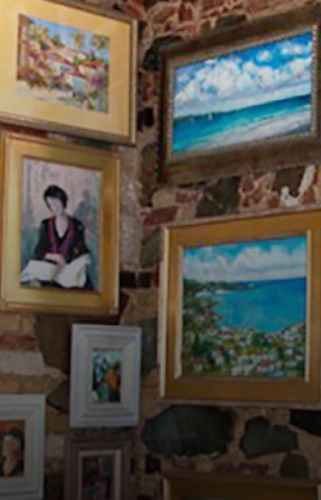

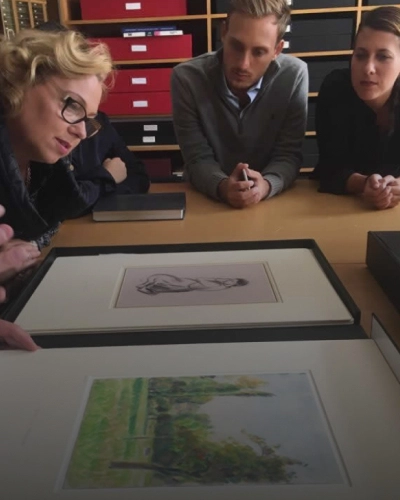

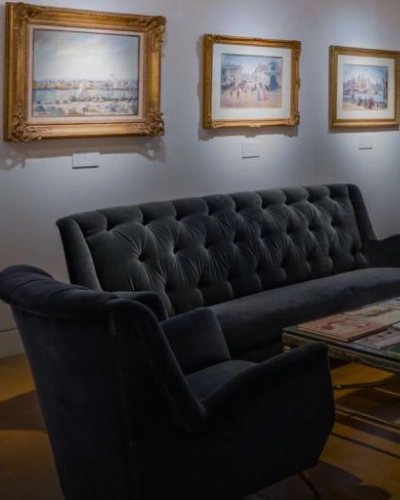
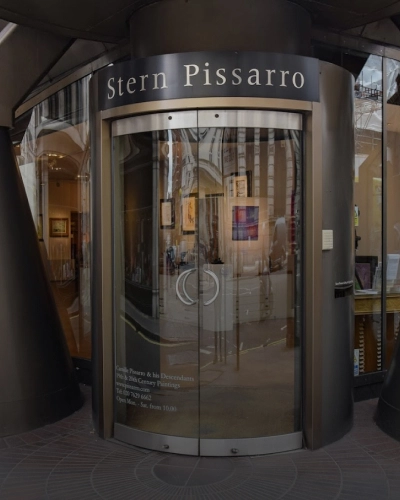

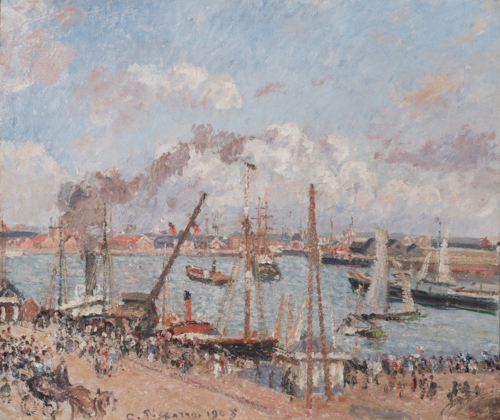

_1552024T121340.167.jpg?width=500&height=1000&mode=max&quality=100&scale=both)
